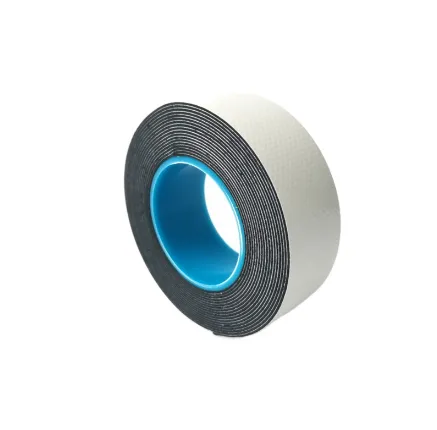Types of Intumescent Strips A Comprehensive Overview
Intumescent strips, also known as intumescent seals or fire-resistant strips, are crucial components in passive fire protection systems. These strips are designed to expand and form a protective barrier when exposed to high temperatures, effectively sealing gaps and preventing the spread of smoke and flames during a fire. Understanding the various types of intumescent strips available can aid architects, builders, and safety professionals in selecting the right solutions for their specific fire safety needs.
1. Types Based on Material Composition
Intumescent strips are primarily composed of materials that react to heat. The most common materials used in their manufacturing include
- Graphite-based Intumescent Strips These strips are popular due to their excellent thermal expansion properties. When exposed to high temperatures, graphite expands significantly, creating a cushioning layer that can effectively prevent smoke and fire from passing through gaps in doors, windows, and walls.
- Mineral-based Intumescent Strips Manufactured using inorganic compounds, these strips provide fire resistance and are less prone to degradation from environmental factors. They maintain their structural integrity over time, making them ideal for various applications in commercial and residential settings.
- Polymer-based Intumescent Strips Combining plastics with intumescent materials, these strips offer flexibility and the ability to conform to various shapes. Their lightweight nature makes them suitable for applications where traditional rigid strips may be cumbersome.
2. Types Based on Application
Intumescent strips can be classified according to their specific applications
- Door Intumescent Strips Commonly installed around fire doors, these strips expand when heated to seal the gap between the door and the frame. This prevents smoke and fire from entering unprotected areas, providing critical time for evacuation and fire response.
- Window Intumescent Strips These strips are used in window frames to minimize the risk of fire spreading through gaps
. When exposed to heat, window intumescent strips expand and seal the opening, thus enhancing the overall fire rating of the window assembly.types of intumescent strips

- Wall and Partition Intumescent Strips Often used in wall assemblies or between partitions, these strips help maintain the fire resistance of separating walls, which is vital in multi-tenant buildings and complexes. They help in preserving the integrity of fire-rated walls during a fire event.
3. Performance Ratings
Intumescent strips come with various performance ratings based on their effectiveness in fire resistance tests. It is essential to select strips that meet the local building codes and standards for fire safety. Performance ratings often indicate the duration (in minutes) that the strip can withstand fire exposure while maintaining a seal. Common ratings include
- 30-minute rated strips Suitable for areas where moderate fire resistance is required.
- 60-minute rated strips Recommended for higher risk zones, providing more extended protection.
- 90-minute or more Typically required in high-risk facilities like hospitals or high-rise buildings, ensuring maximum safety.
4. Environmental Considerations
When selecting intumescent strips, it is also essential to consider environmental factors. Some strips are designed to withstand moisture, humidity, and UV radiation, making them suitable for outdoor applications or areas where exposure to the elements is a concern. An evaluation of the intended location for installation will help determine the most appropriate strip type.
Conclusion
In summary, intumescent strips are a vital element of fire safety in any building. With variations in material composition, applications, performance ratings, and environmental resilience, professionals must carefully assess their options to ensure optimal fire protection. Properly selected and installed intumescent strips can save lives and property during fire incidents, providing peace of mind for building occupants and owners alike. Understanding the types of intumescent strips available empowers stakeholders in making informed decisions that enhance safety and compliance with fire regulations.
-
XIANGFAN Rubber Tape-Ultimate Solutions for All Your Insulation NeedsNewsJun.24,2025
-
XIANGFAN Rubber Tape-Protection for Industrial and Residential ApplicationsNewsJun.24,2025
-
XIANGFAN Rubber Tape: Superior Safety and Sealing for Demanding EnvironmentsNewsJun.24,2025
-
XIANGFAN Rubber Tape: Reliable Solutions for Every Electrical ChallengeNewsJun.24,2025
-
XIANGFAN Electrical & Industrial Tape: Powering Reliability Across IndustriesNewsJun.24,2025
-
XIANGFAN Electrical & Industrial Tape: Excellence in Every ApplicationNewsJun.24,2025
